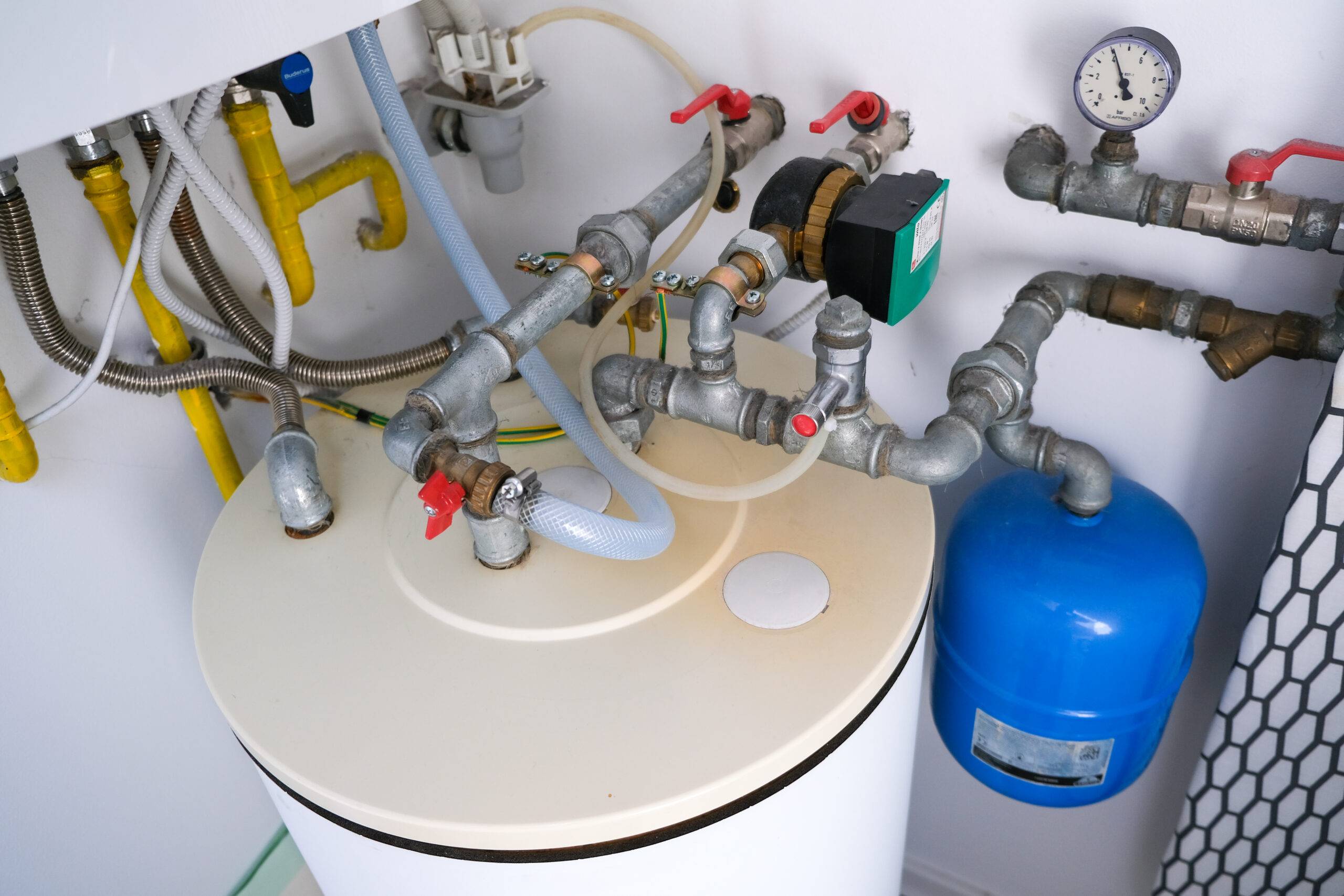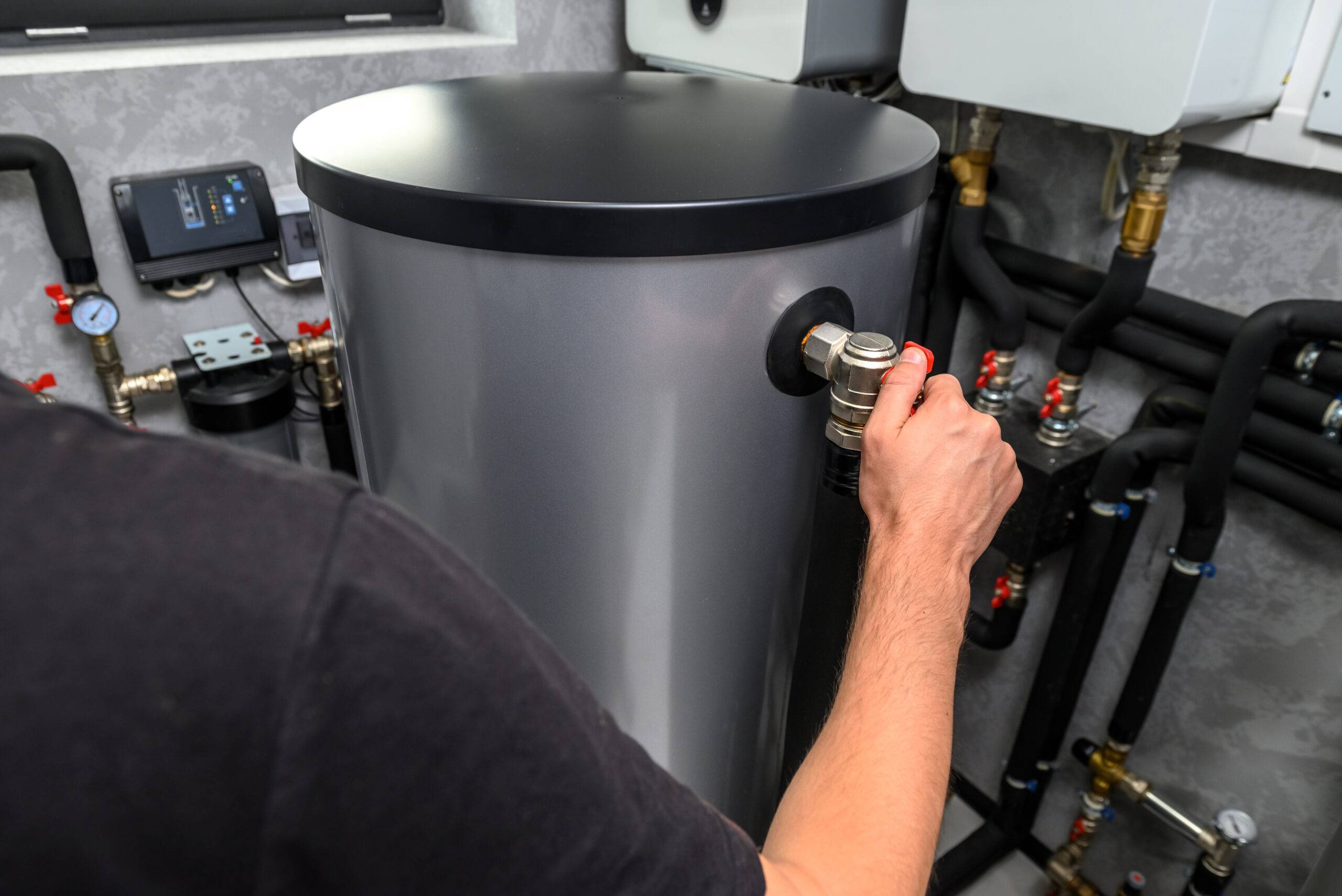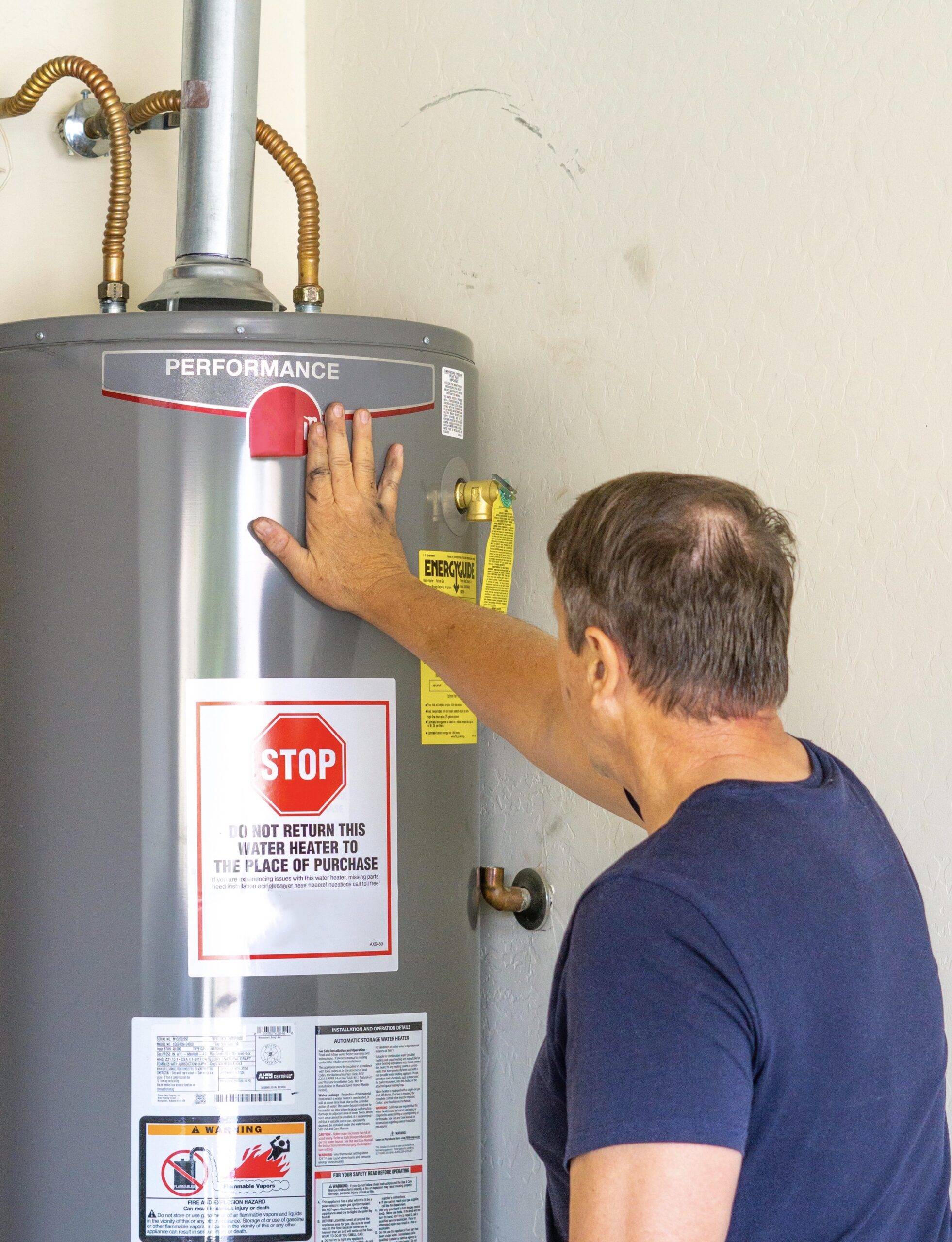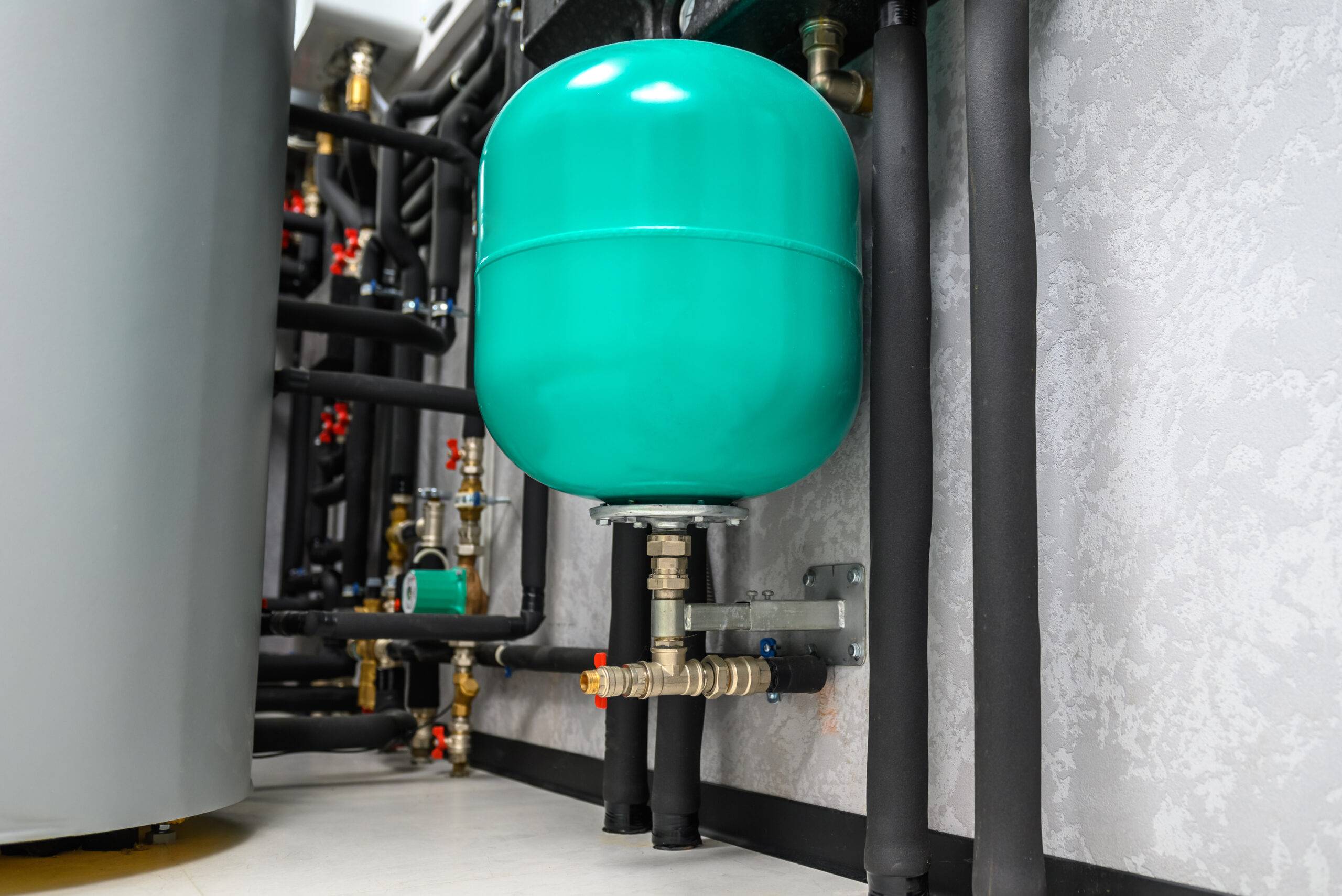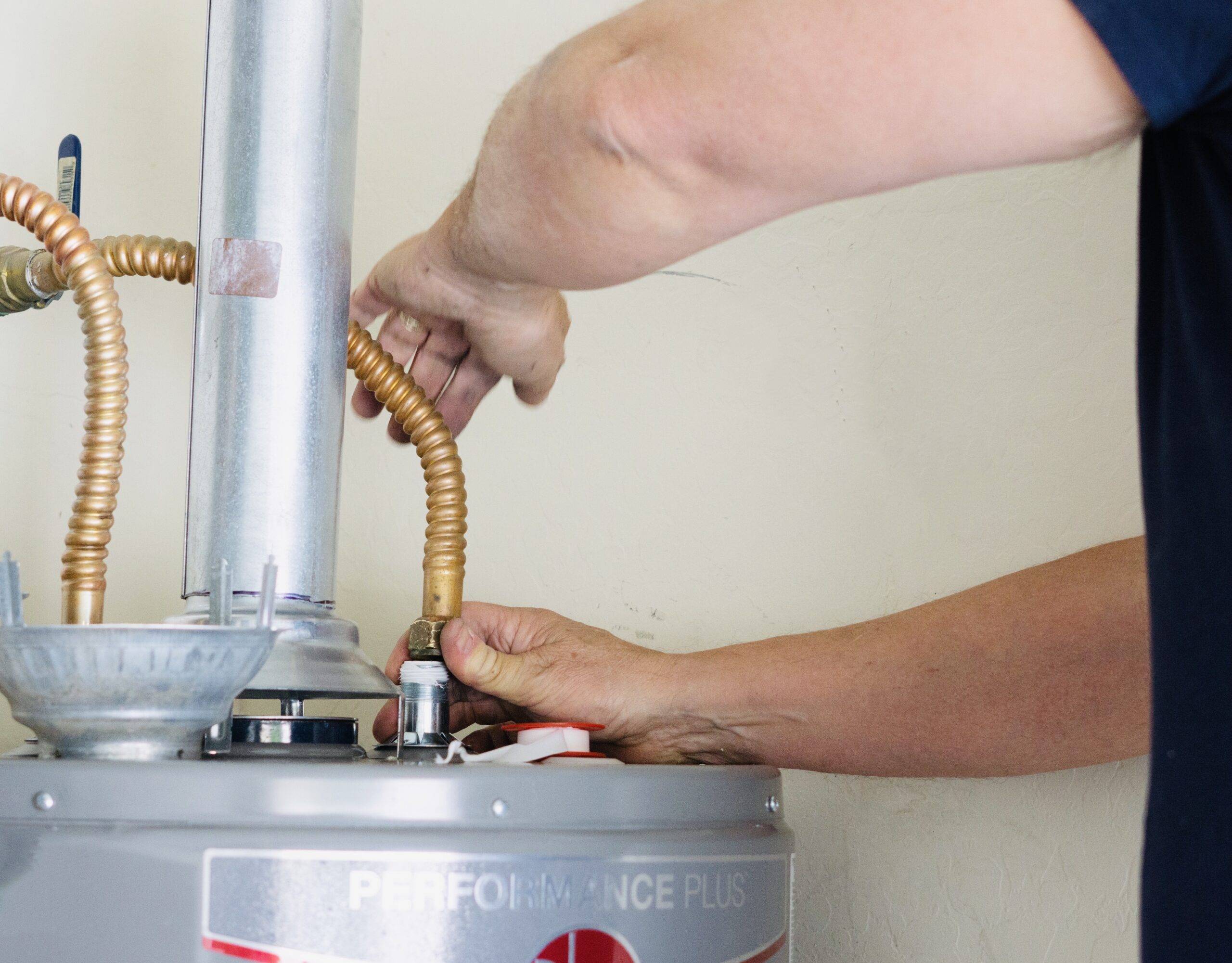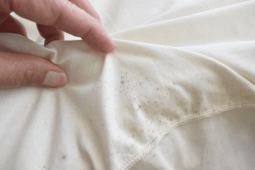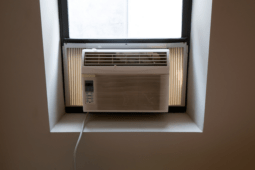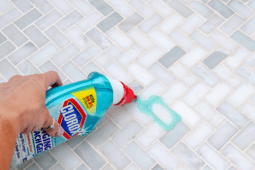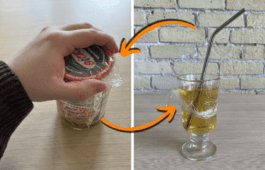Common Water Heater Issues And How To Solve Them
When your water heater starts acting up, it usually doesn’t give much warning. One day everything’s fine, and the next you’re staring at a lukewarm shower or a small flood near the base of the tank. While it’s frustrating, most water heater issues come down to a few common problems, and knowing how to spot them early can save you a lot of stress. Here’s a guide to the usual suspects and what you can do about them.
1. Water Isn’t Getting Hot Enough
If your water isn’t getting as hot as it should, the issue could be as simple as the thermostat. Sometimes it’s set too low without you realizing. For electric heaters, one of the heating elements might be faulty. Gas heaters might have an issue with the burner. Try adjusting the thermostat to 120°F and see if that helps. If not, you may need to replace a heating element or call in a technician to check the burner or gas supply line. Don’t ignore this for long, lukewarm water is often the first red flag of a bigger problem.
2. Hot Water Runs Out Too Fast
If your hot water disappears halfway through a shower, it could mean sediment has built up in the tank. This buildup takes up space, leaving less room for hot water and making the heater work harder. Try draining and flushing the tank to clear out the debris. If you live in an area with hard water, you may need to do this every 6 to 12 months. If flushing doesn’t fix it, your water heater might be too small for your home’s needs, and it might be time to upgrade.
3. Water Smells or Looks Strange
Rusty or dirty water can be a sign that the inside of your tank is corroding. If the water smells like rotten eggs, it could be bacteria reacting with the tank’s anode rod. You might be able to fix this by replacing the anode rod, a fairly simple part that helps prevent rust. If the tank itself is corroded, there’s not much you can do besides replacing the unit. Strange smells and colors in the water are never normal, so it’s important not to ignore them.
4. Water Leaks Around the Heater
Leaks are never a good sign. They can come from loose fittings, worn-out valves, or corrosion in the tank itself. First, try tightening any loose connections and checking the pressure relief valve. If it’s dripping or looks damaged, replace it. If water seems to be coming from the bottom of the tank, that usually means internal corrosion, and in that case, you’ll need a new unit. Don’t wait on leaks. Even small ones can lead to major water damage if left alone.
5. Strange Noises From the Tank
Popping, rumbling, or banging noises usually come from sediment that has hardened and is rattling around inside the tank. As water heats up, it bubbles through the layers of buildup, causing it to move around and hit the sides. This is a warning sign, as the more sediment there is, the harder the unit works, and the shorter its lifespan becomes. Draining and flushing the tank often fixes it. If the noise continues, the sediment may be too solid to remove, and the heater might need to be replaced soon.
Related Articles
- Step-by-Step Guide: How to Properly Flush a Tankless Hot Water Heater
- How to Turn Off the Main Water Supply in Your Home
- Best Methods For Removing Hard Water Stains From Any Surface
Water heaters aren’t the most exciting appliance in the house, but when they fail, it’s a fast reminder of how important they are. The key is staying ahead of these problems with regular checks and simple maintenance. Don’t ignore signs just because the heater is still “working.” Catching problems early can save you from cold showers, high energy bills, or even costly replacements. When in doubt, get a second opinion from a pro. It’s worth it.

